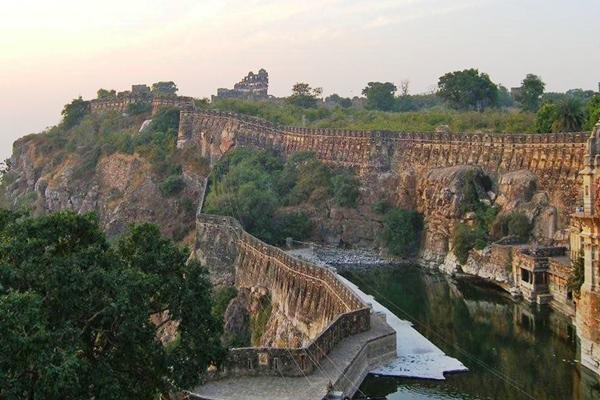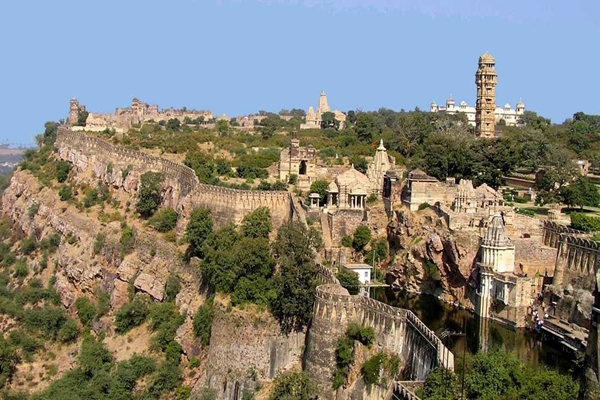
Chittorgarh is located on the banks of Gambhiri and Berach River. A repository of folklore, historical events and rich cultural heritage, Chittorgarh draws thousands of backpackers and historical travelers every year. The Chittorgarh fort is a proud monument that is proof of the heroic battles fought by warriors like Maharana Pratap, Gara and Kumbha. The whole town is dipped in historical splendor with beautiful monuments surrounding you everywhere you go. The Vijaystambha, Kirtistambha, Padmini’s palace and Bassi fort are some of the other historical places in India that speak volumes about the Mauryan dynasty and its subsequent successors.
Let's take a look at 10 Interesting and unknown facts about India's famous historical place Chittorgarh:
1. During the 37th session of the World Heritage Committee in the year 2013, the Fort of Chittorgarh alongside the 5 other forts in Rajasthan has professed a UNESCO World Heritage Site under Hill forts of Rajasthan.
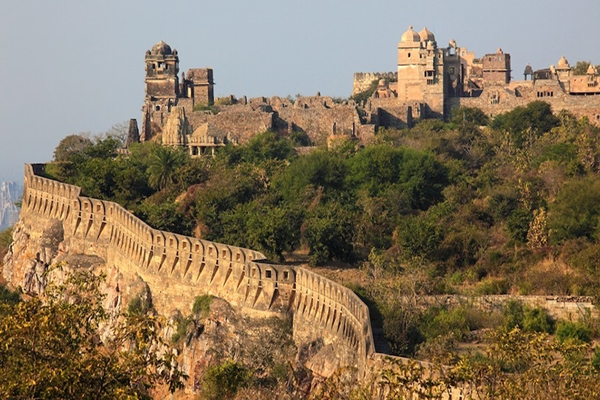
2. The Chittorgarh Fort was built during the 7th century AD by the Mauryans and was named after the Mauryan ruler Chitrangada Mori, and was used until 1568.

3. When men lost charging their enemy across the fort walls and lost the battles. Women being brave to have committed mass self-immolation (Jauhar). This makes the fort to signify the tribute, courage, and sacrifice. During 7th and 16th centuries considered death as a pride rather than being surrendered under the invading troops.
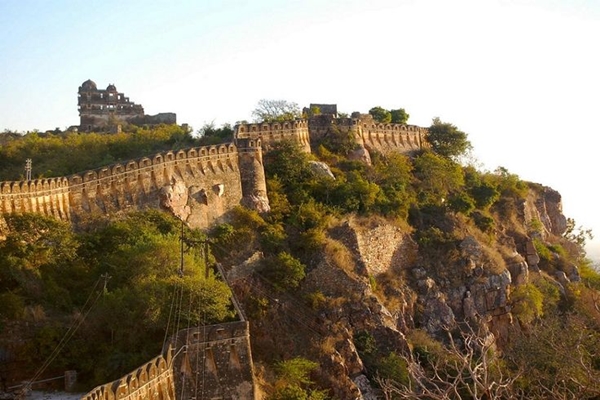
4. Earlier the fort consisted of 84 water bodies but now it is decreased to 22. These could have the capacity of 4 billion liters of water. That is equal to the water needs of 50,000 army men. The water bodies include of ponds, wells, and such resources.
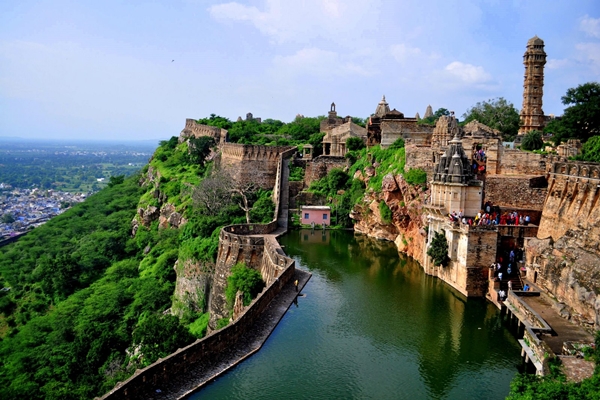
5. There are seven gateways in the fort which was built during 1433-1468 by Rana Kumbha. The names of the gates include that of the Paidal Pol, Bhairon Pol, Hanuman Pol, Ganesh Pol, Jorla Pol, Laxman Pol, and Ram Pol, the final and main gate.

6. Rani Padmini was one of the prominent queens of those times. She was the wife of king Rawal Ratan Singh, the Rajput ruler of Chittor.

7. To commemorate the victory of Sultan of Malwa; Mahmud Shah I Khlaji in 1440 AD, the tower of victory named Vijay Stambha or Jaya Stambha was raised by Rana Khumbha. This is an expression of victory triumph- also called the symbol of Chittor.

8. When viewed from the higher view, the fort is shaped like a fish. It has a boundary of 13 km with a determined length of 5 km and it covers an area of 700 acres.

9. The fort of Chittorgarh contains a total of 65 notable buildings, including 4 memorials, 4 palaces, and 19 temples.

10. Having dimensions of 37.2 meters high and 47 square feet area, and has a perimeter of 13 km (8 miles), and is situated on an 180-meter high hill.
